It’s been quite a while since Samsung launched something truly new in its ecosystem. Today, though, we have a brand new product that Samsung has never attempted before: a smart ring. The Samsung Galaxy Ring, as it’s appropriately called, is not only the first smart ring from Samsung but also the first smart ring from a major tech brand. Before today, the market was filled by smaller players; most notably Oura, which many would argue legitimized the form factor.
In other words, it’s possible Samsung is about to eat Oura’s lunch. But let’s not get ahead of ourselves just yet.
A few days before the launch of the Galaxy Ring, I was among the first lucky people to get the chance to try it out for myself. You probably have a lot of questions about it, and after wearing it and quizzing Samsung about it, I’ve got some of those answers — in fact, let’s get started with the most basic question there is.

Samsung Galaxy Ring
No subscriptions needed • Ultra-slim design (7mm wide) • Water-resistant (IP68) • Titanium Grade 5 construction
Fancy Titanium ring, with fancy sensors
The Samsung Galaxy Ring is a leap into a new device segment for Samsung. Available in nine sizes from 5 to 13, this classically designed piece of jewelry is packed with sensors to track your health and fitness, some basic controls for your smartphone, and can last up to a 7 days on a charge. Designed for 24/7 wear.
What exactly is the Samsung Galaxy Ring?
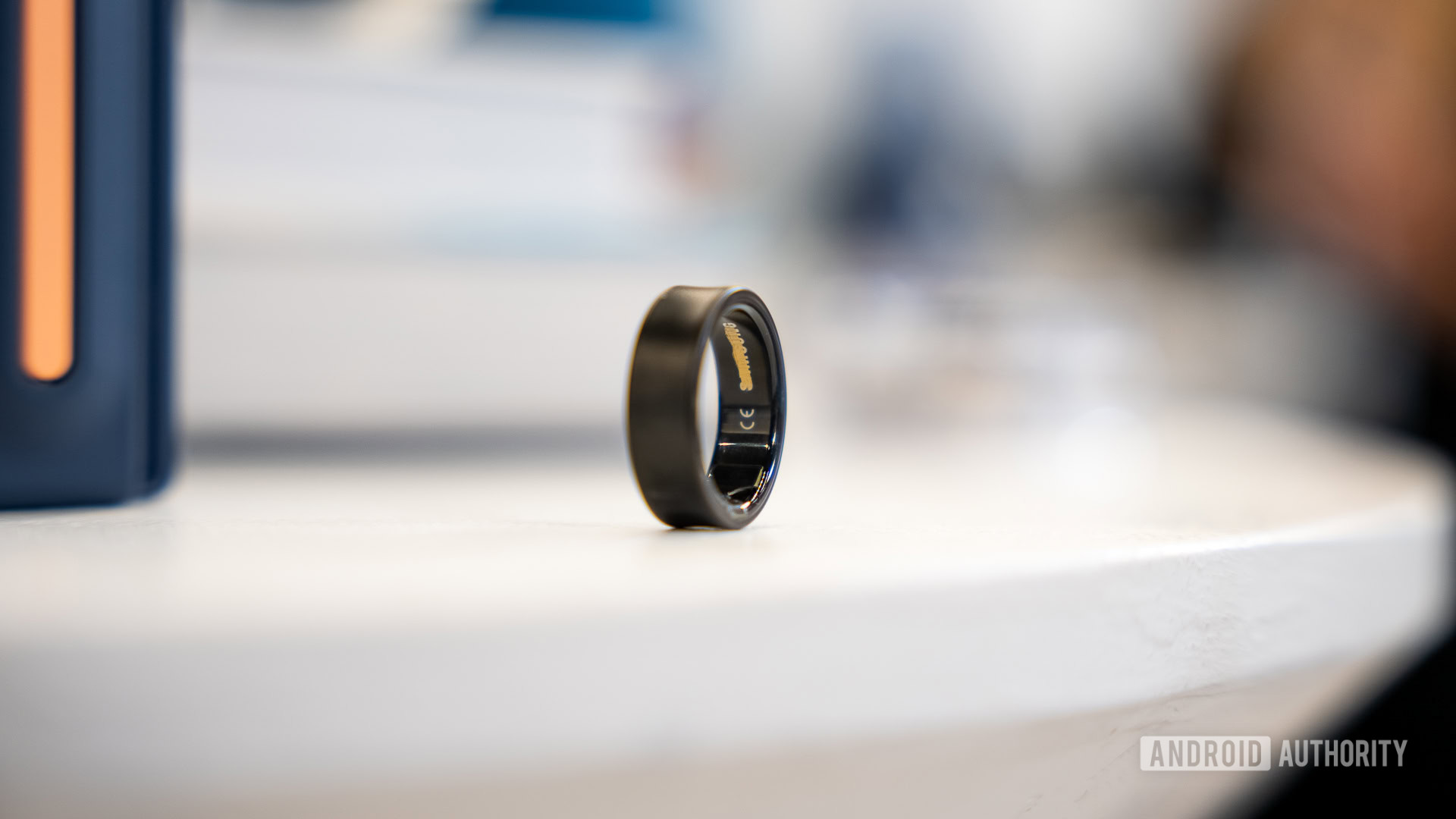
Lanh Nguyen / Android Authority
Like other smart rings, the Samsung Galaxy Ring is a health-tracking wearable designed to be as simple and unobtrusive as possible. When most people think of health wearables, they think of smartwatches and fitness trackers. It might help to think of the Galaxy Ring as a fitness tracker slimmed down to only its core elements.
Obviously, the Galaxy Ring does not have a display. It doesn’t vibrate or make any sounds, either. As such, it doesn’t deliver you notifications, you don’t interact with it directly, and if anyone just glanced at it, they would likely think it a hunk of metal, like 99% of all other rings you see people wearing.
The Galaxy Ring is like the simplest fitness tracker, but it goes around your finger instead of your wrist.
On the ring’s interior, though, you’ll find tiny health-tracking sensors similar to a fitness tracker. These sensors monitor you 24 hours a day. The ring then transmits that data to a connected smartphone that aggregates it to give you a holistic look at your health and wellness.
With a Galaxy Ring purchase, you get the ring itself in your preferred size, a charging case, and a USB-C cable.
The Galaxy Ring’s list price is $399.99, putting its pricing well above the entry-tier model of the Oura Gen 3. Notably, though, the Galaxy Ring does not require a subscription for its functions, which the Oura ring does, at a current price of $5.99 each month or $69.99 each year. In brief, you might spend a bit more on the Galaxy Ring, but you won’t need to spend anything else after purchase, which is not the case for anything from Oura.
Now that you understand the basics, let me tell you about my own experience with the Galaxy Ring.
Design
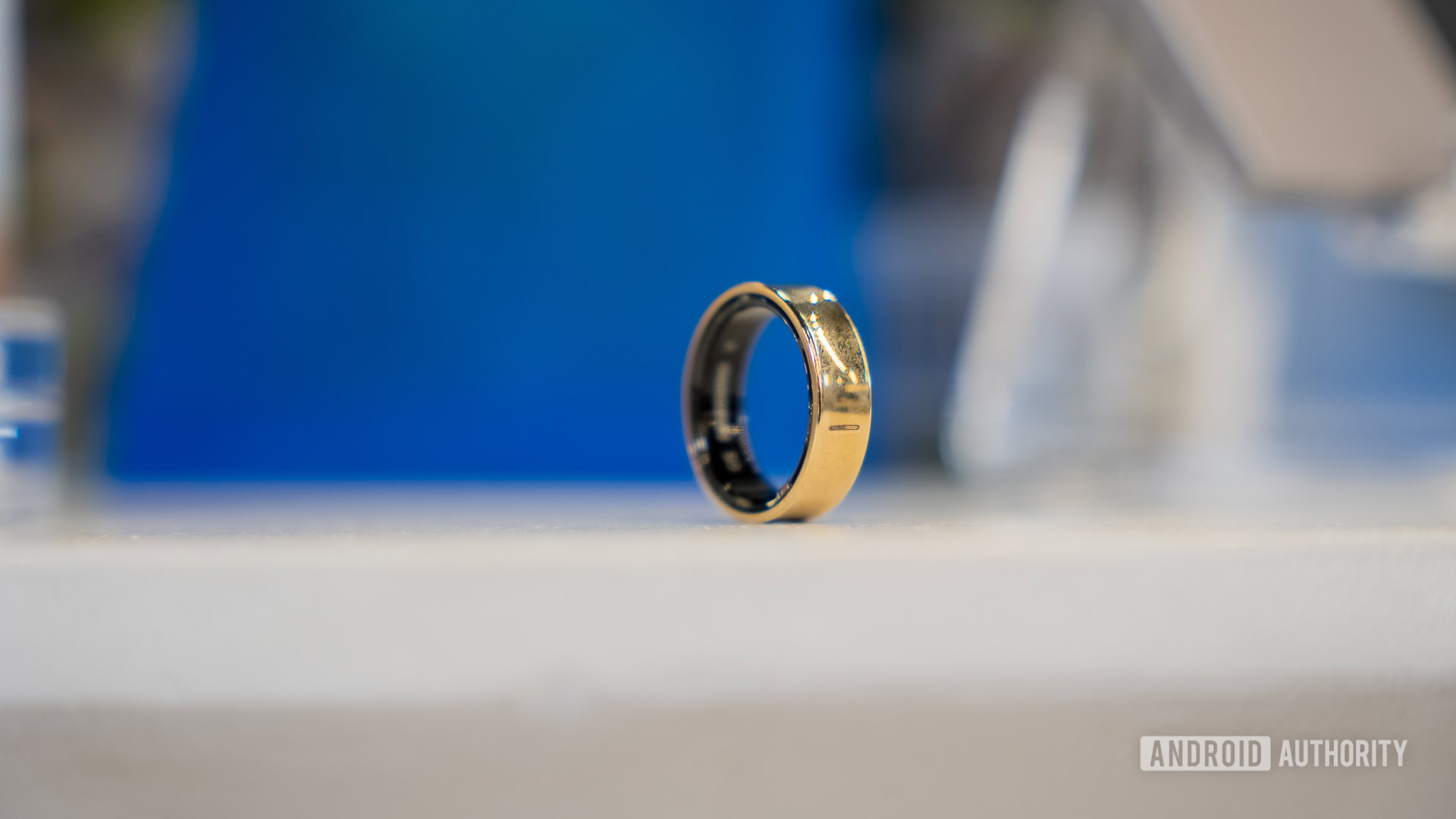
Lanh Nguyen / Android Authority
First, the Galaxy Ring is far smaller and lighter than I expected. Holding it between my index finger and thumb was not dissimilar from holding a penny, given the Galaxy Ring is about the same size and weight as one (just three grams). The idea that this minuscule object I was holding was actually a health-tracking piece of technology was actually pretty incredible.
The Galaxy Ring feels a lot more expensive than a penny, though. The ring is coated in grade five titanium (i.e., a titanium alloy that’s stronger than pure titanium but not as good at corrosion resistance). It comes in three finishes: Titanium Black (matte), Titanium Silver (also matte), and Titanium Gold (glossy). Each finish is classy but also not an attention-grabber. Honestly, it looks like most other simple rings designed for men.
The Galaxy Ring comes in nine sizes that generally line up with US ring sizing, although we still recommend using Samsung's sizing kit.
To be clear, the Galaxy Ring is not specifically designed for men, but seeing the ring in real life, it’s pretty clear who Samsung is targeting — and it’s not ladies. The minimalist design of the ring has no hallmarks of more feminine rings, such as jewel adornments, a thin frame, or the “open design” of the women’s health-focused Evie Ring.
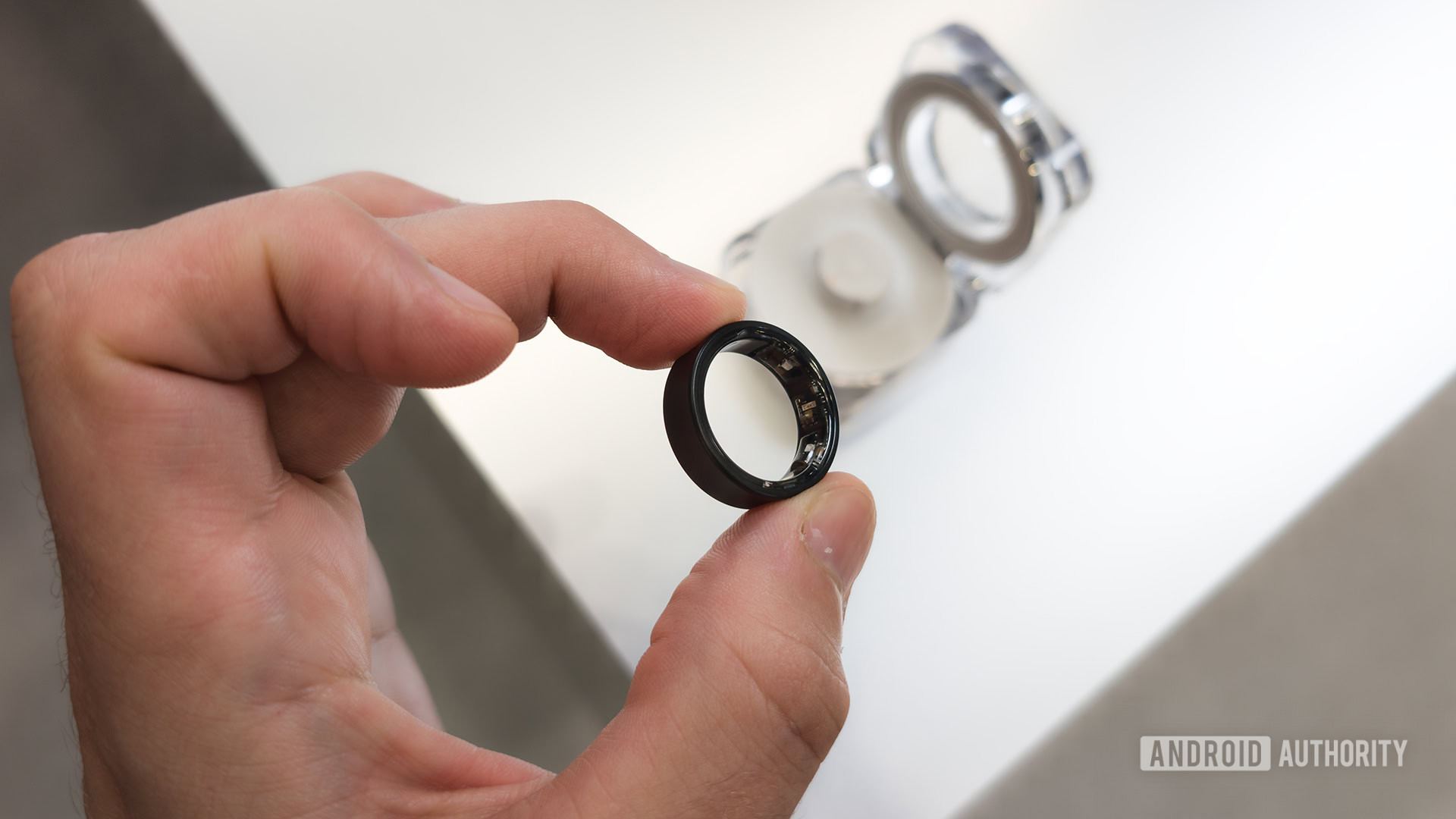
C. Scott Brown / Android Authority
Regardless of who it’s designed for, the Galaxy Ring comes in nine different sizes, making it available to a wide variety of people. Although Samsung’s sizing doesn’t directly line up with United States ring sizes, it is fairly close. Generally, if your US ring size is between five and 13, there’s probably a Galaxy Ring that will fit you. Later in this article, there’s a full section going over how to size and buy a Galaxy Ring, so stay tuned for that.
I was pleasantly surprised by the comfort and unobtrusiveness of the Galaxy Ring.
As far as wearing the ring, it was surprisingly comfortable. I was concerned that having it on would cause my fingers to be physically separated from one another because it looks thicker in photos than it actually is. However, once I put the Galaxy Ring on, I nearly immediately forgot it was there, which was a nice surprise.
Part of the reason the ring is so unobtrusive is its unique shape, which includes a concave design. Not only does this make it more comfortable than some other boxier smart rings, but it should also make the ring less prone to knicks, scrapes, and fabric pulls since there’s much less surface area to potentially come into contact with objects.
I’ll be honest: I’m not a guy who wears rings often, so I have limited experience with them. However, I was very impressed with how well-designed the Galaxy Ring is, how comfortable it is to wear, and how “hidden” it is when compared to a smartwatch or fitness tracker. If nothing else, Samsung has knocked it out of the park when it comes to the Galaxy Ring’s design.
The Galaxy Ring is IP68 rated and also 10ATM rated. This means it should have no issues going for a shower, a swim, or even a deep dive.
Health tracking

C. Scott Brown / Android Authority
Given the small size of the Galaxy Ring, it shouldn’t be surprising that it tracks only the most basic of health stats. You won’t be doing ECG testing, accurately tracking your mountain bike ride, or monitoring your blood oxygen level (SpO2) with the Galaxy Ring. Instead, you’ll be tracking heart rate, steps, sleep, and… that’s about it.
Granted, that simplicity is kind of the ring’s star feature. Because it only tracks a small number of metrics when compared to a smartwatch, it can be much smaller, last much longer on a charge, and stay on your finger at times when your other trackers likely come off, such as in the shower.
The Galaxy Ring is no smartwatch replacement, but that's kind of the point.
Its simplicity also helps it shine in the one health area where smartwatches are lacking: sleep tracking. Because smartwatches are so big, many people don’t want to wear them to bed for fear of sleep interruption. Also, since smartwatch batteries only last about a day, on average, some watches won’t last through a night’s sleep without getting a top-up first, which is inconvenient.
No, it is too small for GPS connectivity. For GPS tracking during walks or runs, you’ll need your phone or a smartwatch.
The Galaxy Ring, though, is the perfect sleep companion. It’s so small that you barely feel it and lasts about six or seven days on a charge, so you only need to charge it a few times a month. It shouldn’t be surprising, then, to know that Samsung envisions the Galaxy Ring as a companion to your smartwatch — not a replacement. In its vision, you wear your smartwatch and your smart ring all day, with each tracking specifically what it tracks best. Then, at night, you take off your smartwatch, put it on the charger, and let the ring track your sleep metrics.
Sleep tracking is where the Galaxy Ring is likely to shine the brightest.
Further emphasizing this “we can do it together” idea, the Galaxy Ring and your Galaxy Watch can hand off health tracking duties so the other can save battery. For example, your watch is probably more accurate at tracking your run, especially since it will have GPS connectivity. So when you start a run, your watch will auto-track it, and your Galaxy Ring won’t bother. Then, when you stop that run and have a little break in the park, your watch will stop tracking your heart rate because the ring can do that with more power efficiency than your watch. They will toss these duties back and forth, and Samsung says it can result in battery savings for both devices by up to 30%.
Of course, you can use the Galaxy Ring without a smartwatch. You’ll just need to be happy with only tracking heart rate, sleep, walks, and runs. Samsung says more health tracking could come in the future, but there were no firm commitments on that front.
What else can the Galaxy Ring do?
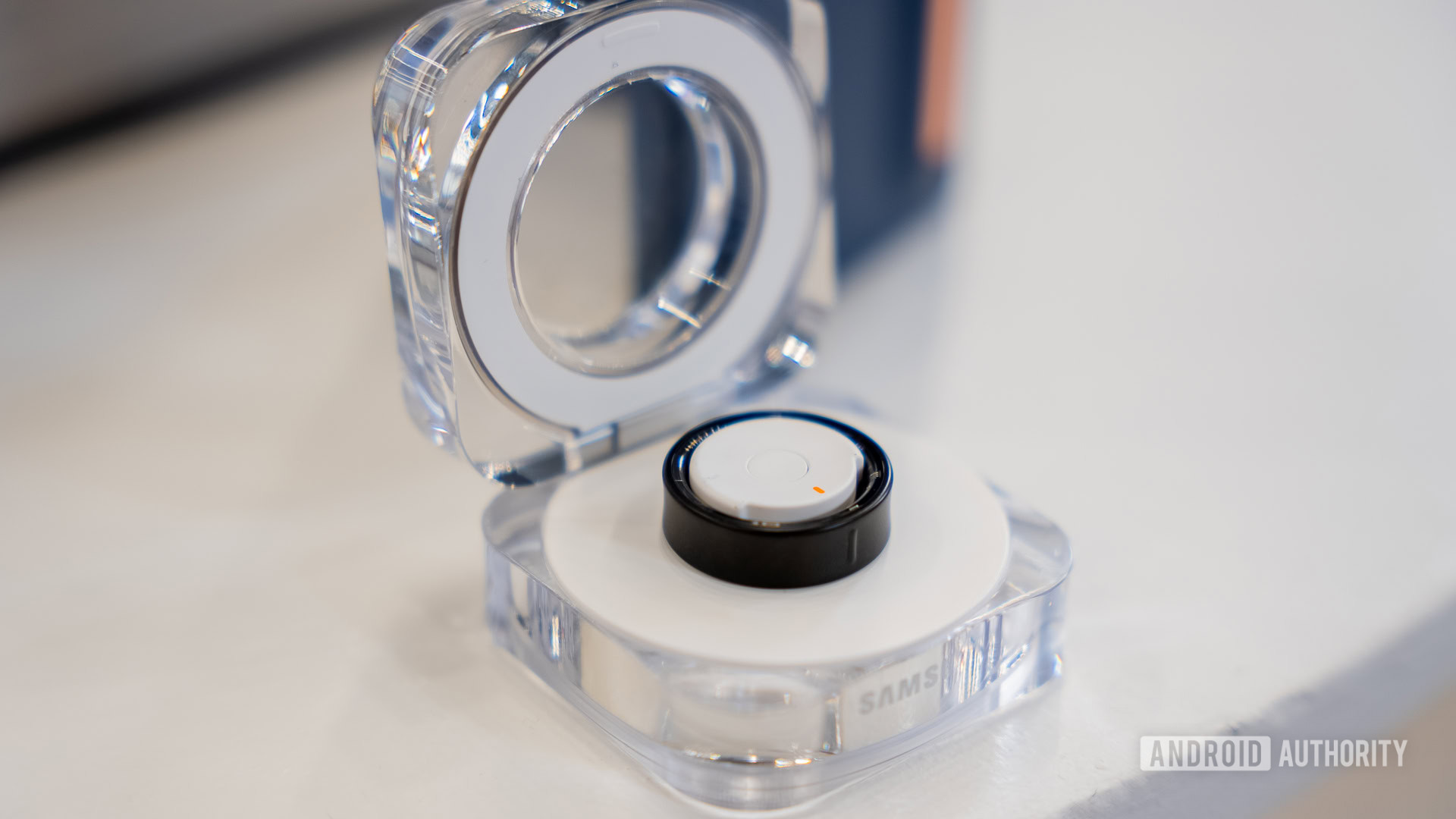
Lanh Nguyen / Android Authority
Outside of health tracking, the Galaxy Ring has two other notable features that likely won’t sell the device on their own but are nifty nonetheless.
The first feature is gestures. Right now, there’s only one gesture, which is a double-pinch. This works if you are wearing the Galaxy Ring on your index finger. By quickly tapping your ring-adorned index finger and thumb together twice, you can trigger functions on your connected Galaxy smartphone.
The Galaxy Ring supports some gestures when connected to a Galaxy phone and can light up when you inevitably drop it behind the couch.
So far, the two double-pinch gestures Samsung has created are a shutter trigger for your camera and an alarm dismissal. I saw both in action at Galaxy Unpacked, and they worked very well.
The second feature is only useful if you lose your ring. Using the Samsung Find app, you can locate the last known location of your Galaxy Ring. Once you’re in that vicinity, you can trigger the ring’s lost mode, which will have it start flashing red and green lights. It won’t vibrate or make any sound, but the flashing lights should help you find your ring, especially if it wanders under some furniture.
Using a Galaxy smartphone will get you the most out of your Galaxy Ring, including seamless connectivity, gesture support, Galaxy AI insights, and more. However, if you don’t need any of that stuff, the Galaxy Ring will work just fine with any Android phone that supports the Samsung Health app. Go to the Play Store on your phone and try to download this app to see if your phone is compatible.
No, there is no iOS support for the Galaxy Ring.
Getting the right size
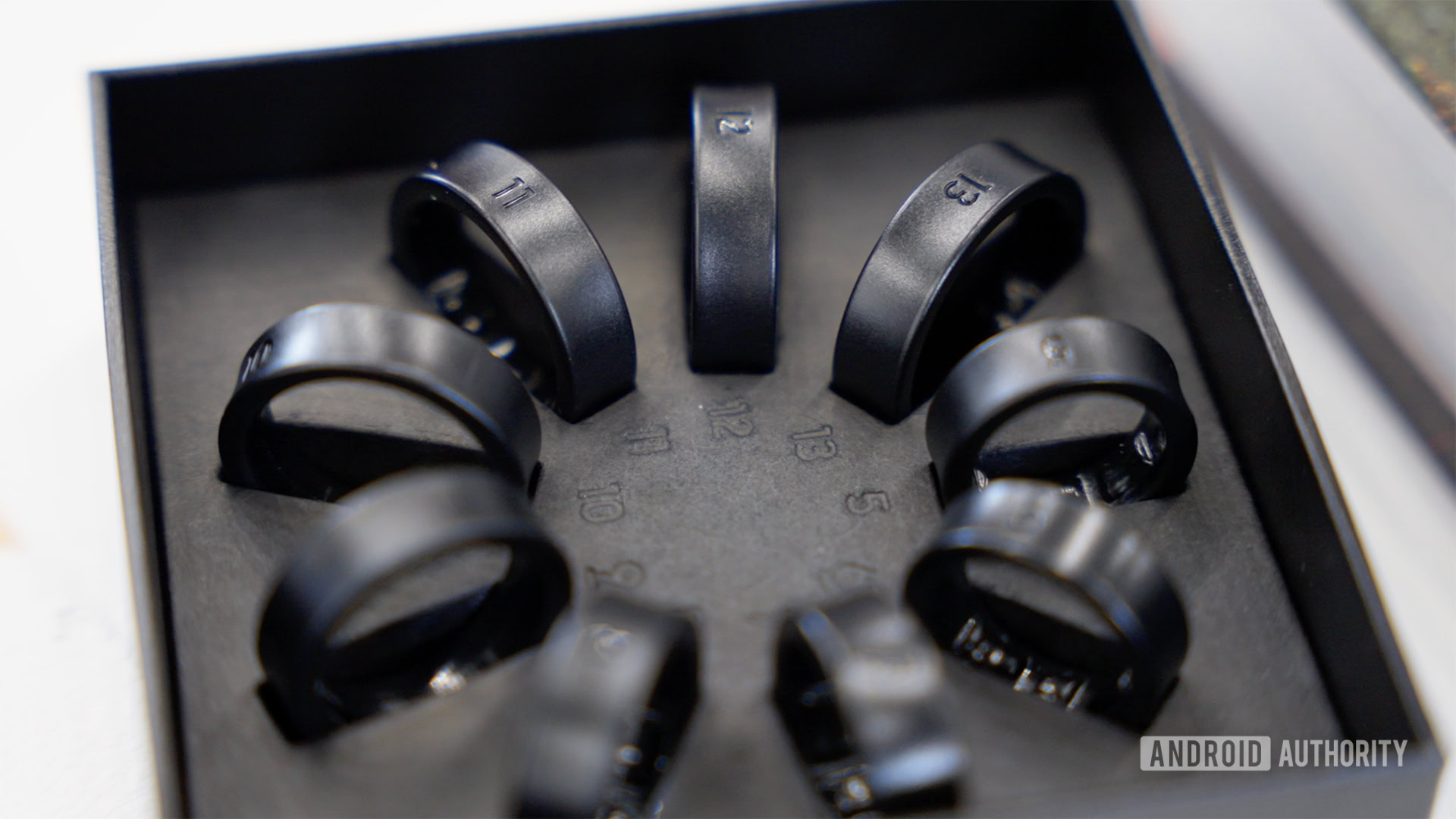
C. Scott Brown / Android Authority
I’m going to get to my wrap-up of thoughts on the Galaxy Ring as it stands today, but I want to address one more topic, which is how one actually buys a Galaxy Ring. Being that the ring needs to fit your hand snugly to work properly, you can’t just estimate your size and click through to checkout. There’s a process to follow.
The best way to start is to get your hands on an official sizing kit. You can get these during your Galaxy Ring order from Samsung.com or grab one from select retailers, including Best Buy and AT&T. The sizing kit has nine non-functional rings that are exact replicas of the Galaxy Ring’s nine sizes. Samsung suggests you find one that fits fairly snugly but still can easily be removed from your finger. The company also recommends wearing this fake ring for at least a day or two before committing to a size.
Samsung's free sizing kit allows you to find the perfect fit for your eventual Galaxy Ring purchase.
Once you feel like you have the right size in mind, you can place your order for the real ring. Samsung will then ship it to you.
One thing you might be concerned about is losing or gaining weight while owning the Galaxy Ring. For example, if you lose a lot of weight by tracking your health with the Galaxy Ring and then find that it doesn’t fit your finger anymore, what do you do? I asked Samsung this question, and it said it didn’t have an answer. The rep I spoke to said there might be some official policy introduced if this becomes a significant issue, but for now, there are no plans to offer replacements should you change body size enough for your ring measurements to change.
The only way to charge the Galaxy Ring is in its included case. The case has a USB-C port and also supports wireless charging. Remember that the case is sized for your ring, so it will not charge in other Galaxy Ring cases.
Finally, once you’ve used the sizing kit and finished your purchase process, Samsung recommends giving the kit to a friend to save them the hassle of getting one of their own. If that’s not possible, you can just throw the kit away. It is made of environmentally friendly materials, so you’re not majorly contributing to our landfill problems by doing so.
Samsung Galaxy Ring hands-on impressions: First-gen wrinkles?
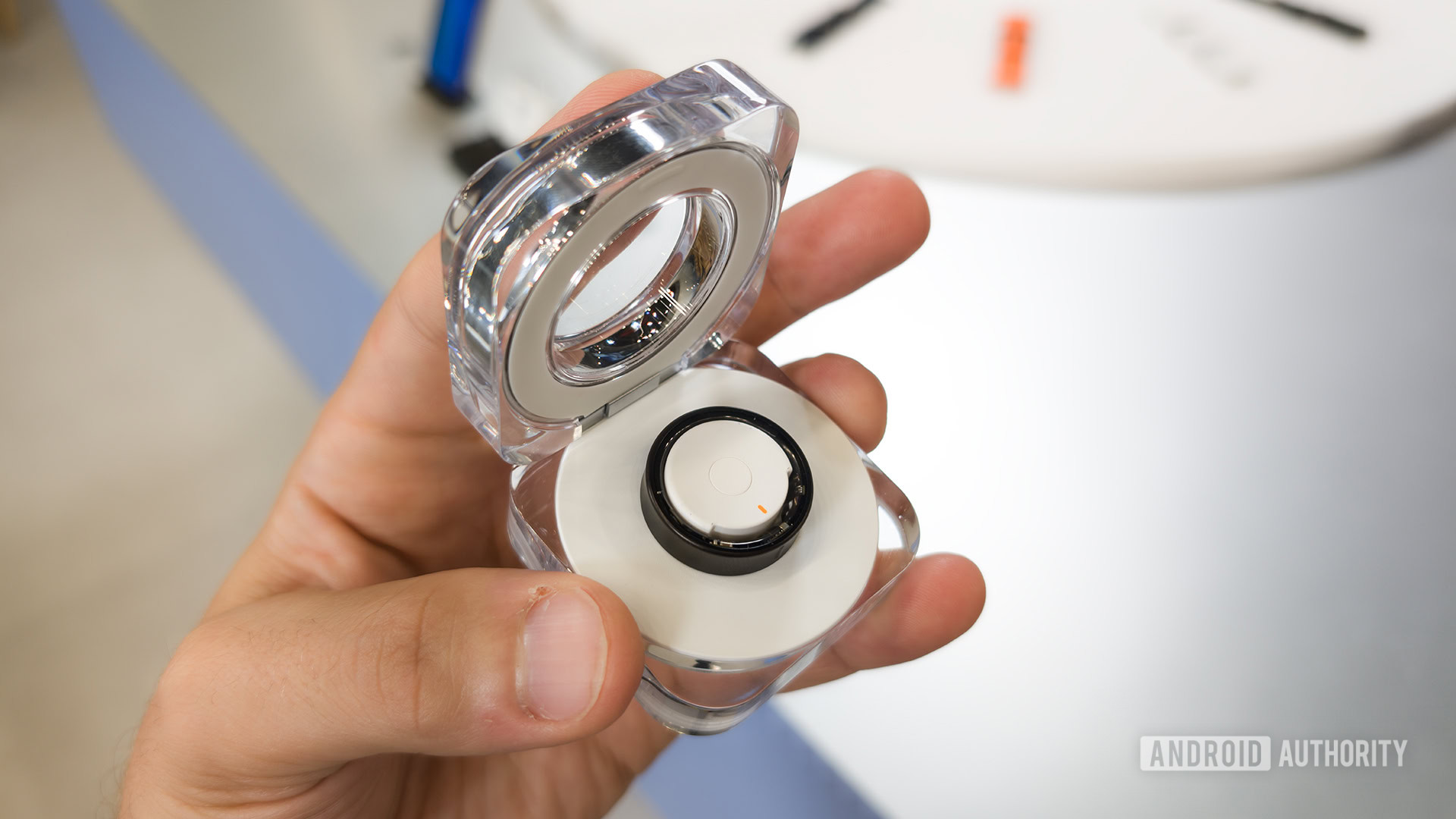
C. Scott Brown / Android Authority
The last time Samsung launched a brand new product that was unlike anything it had ever made before was when it launched the Samsung Galaxy Fold. If you don’t remember, that launch was an unmitigated disaster. Looking back, it’s a wonder we made it to the Samsung Galaxy Z Fold 6 (which also launched today).
With the Galaxy Ring, I don’t see the same thing happening. My impression from my limited time with the product is that it is ready for prime time. It’s well-designed, appears to function as expected, and is priced right alongside the competition — all good things.
The Galaxy Ring seems like a strong start, but it's still a first-gen product and likely will have first-gen problems.
That being said, I still can’t shake the feeling that this is a first-gen product, and we’ll look back on it in a few years as a nice first try. The fact that it only tracks walking and running is a red flag, for one. Samsung says more activity tracking is on the way, but it’s wild that even something as common as cycling isn’t included.
Also, the deeper connectivity to your smartwatch is nice, but it also makes me feel like Samsung doesn’t expect people who don’t already own a Galaxy Watch to buy the Galaxy Ring. The ring needs to have a ton of cool things it can do on its own for it to be a viable, standalone product, and right now, it seems more like a device that rides sidecar to the Galaxy Watch Ultra and Galaxy Watch 7, also launched today. That isn’t a bad thing at all, but it doesn’t make the ring seem like a must-buy item on its own.
I’m very curious to see where this all goes. As of now, if you’re a chronic early adopter of new tech, I have no problem recommending the Galaxy Ring. If you’re not an early adopter, I’d wait until the full reviews come out before pulling the trigger (ours will be coming soon!). And if you’re only sort of interested in the Galaxy Ring, I’d suggest waiting until the Galaxy Ring 2, as that’s when Samsung is likely to iron out some of the first-gen wrinkles.

Samsung Galaxy Ring
No subscriptions needed • Ultra-slim design (7mm wide) • Water-resistant (IP68) • Titanium Grade 5 construction
Fancy Titanium ring, with fancy sensors
The Samsung Galaxy Ring is a leap into a new device segment for Samsung. Available in nine sizes from 5 to 13, this classically designed piece of jewelry is packed with sensors to track your health and fitness, some basic controls for your smartphone, and can last up to a 7 days on a charge. Designed for 24/7 wear.

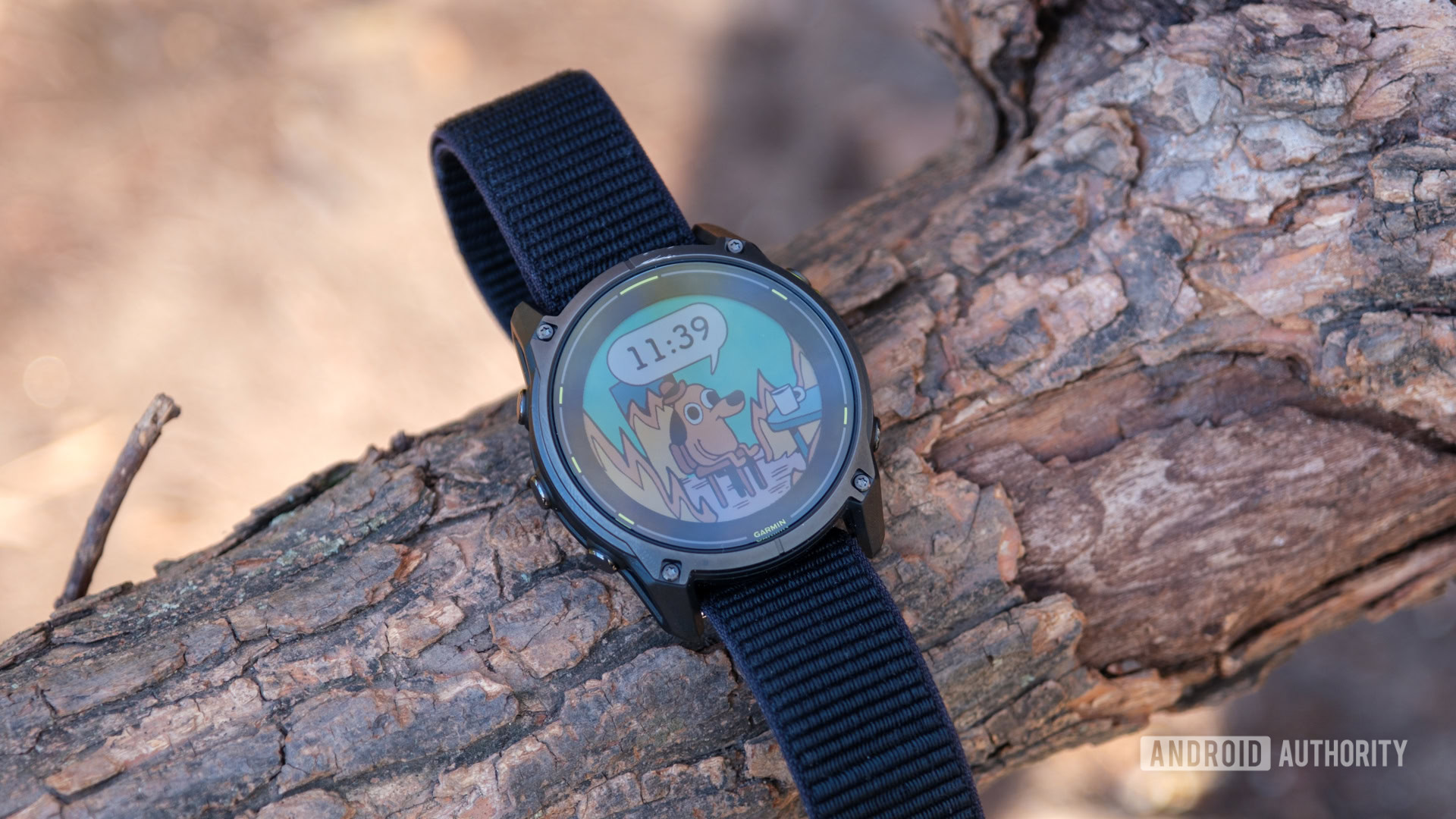
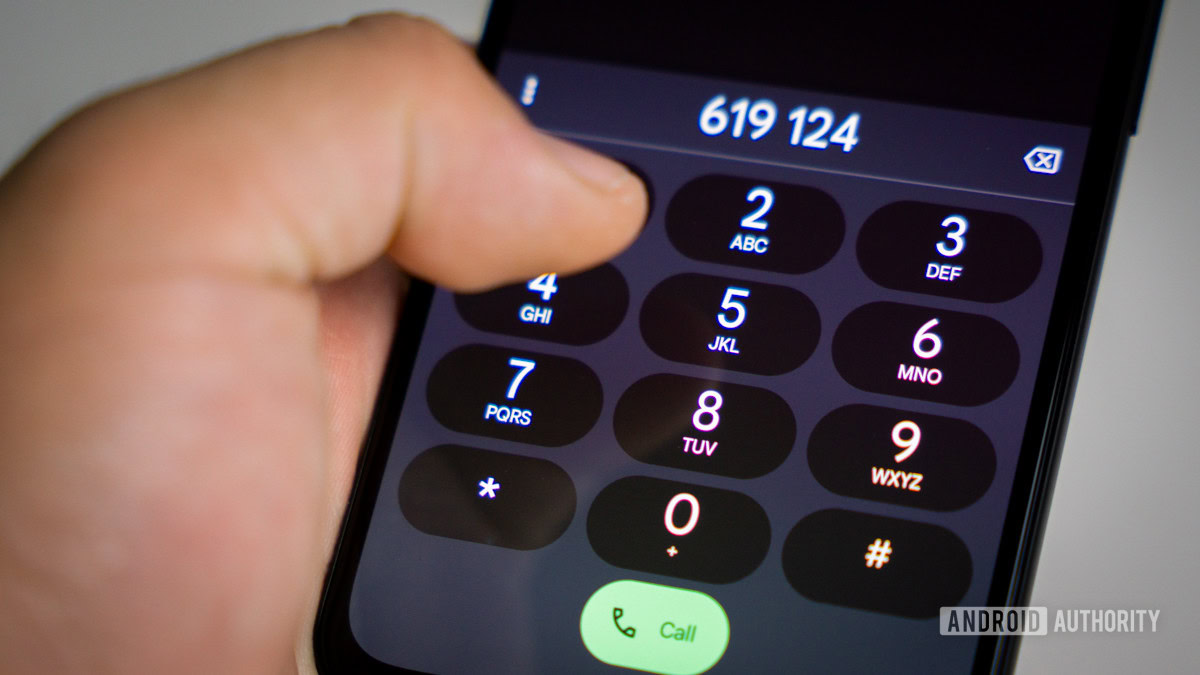




 English (US) ·
English (US) ·